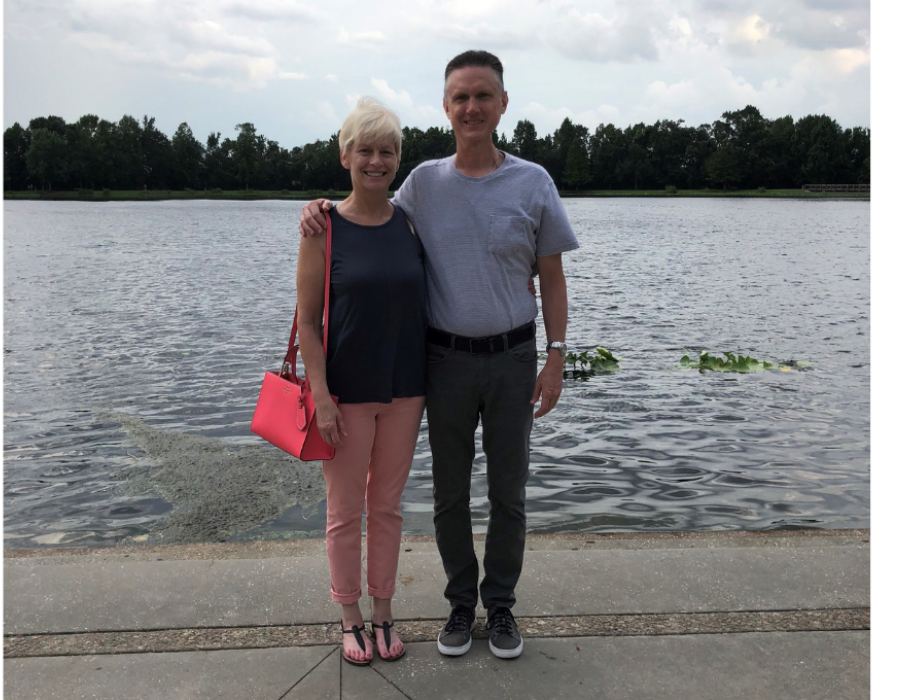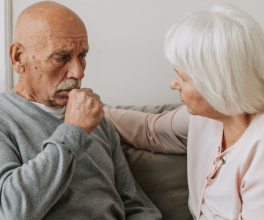
Jim's iTind™ Experience
"I can remember waiting to get into a Tigers game, and waiting in line to have bags checked, and I am panicking because I have to go to the bathroom so urgently,” said benign prostatic hyperplasia (BPH) sufferer Jim K. “It’s very uncomfortable, and it’s a constant worry.”
The hazards of not being able to pee are not all as obvious. To cope with the symptoms of an enlarged prostate, Jim was not drinking enough water.
Limiting his fluid intake was how Jim avoided the need to urgently visit the bathroom. Working with patients as a physician assistant in a busy office, he was not able to take the frequent bathroom breaks his BPH symptoms demanded. Even when he did visit the facilities, emptying even a portion of his bladder could take a long time because of a weak urine stream caused by the enlarged prostate blocking the urethra.
“My wife and I had to plan trips around where there were bathroom facilities. And the pandemic only made that kind of planning tougher because you never knew for sure which bathrooms were open.”

Beyond Drug Therapy
Jim has been receiving treatment for enlarged prostate, or benign prostatic hyperplasia, for almost 10 years. For most of that time, he was taking prescription medication, but when the drugs began to lose their effect, Jim and his urologist began discussing other options for treatment.
“I had concerns about the loss of sexual function,” said Jim. “And so I wanted to avoid procedures that could potentially damage the tissue or overall architecture, and I had concerns about a retained foreign body inside me.” It wasn’t until Jim learned about the option for a temporary implant that he decided to move forward with surgical treatment.
“About a year ago, my urologist told me about a new treatment that left no residual foreign body,” said Jim. “I was definitely intrigued by it.”
Rapid Relief
Just before Labor Day 2020, Jim was treated with a new temporarily implanted device called iTind™. The device stays in place for 5-7 days, and during that time, it reshapes the prostate by creating channels through which urine can flow.i
Jim says he was prepared for some discomfort during the time the implant was in place. “It was a bit uncomfortable for six days,” said Jim.
“My doctor was very helpful to me in managing the initial pain and swelling from the placement procedure. The main aggravation was the constant feeling that I needed to pee. But when the iTind™ insert was removed, there was rapid relief.”
The removal was an outpatient procedure done under local anesthesia that Jim describes as being “very simple and with little pain.”
Following the procedure, Jim said, “I was amazed at the velocity of my urinary flow. The velocity has gone down a little bit compared to the day the device was removed, but a year out, it’s still very good. I'm much better compared to before.”
i iTind™ Risk Information: Implantation of the iTind™ device may cause urinary urgency, pelvic discomfort, dysuria or hematuria. In rare cases, iTind™ may cause urinary tract infection or acute urinary retention.





